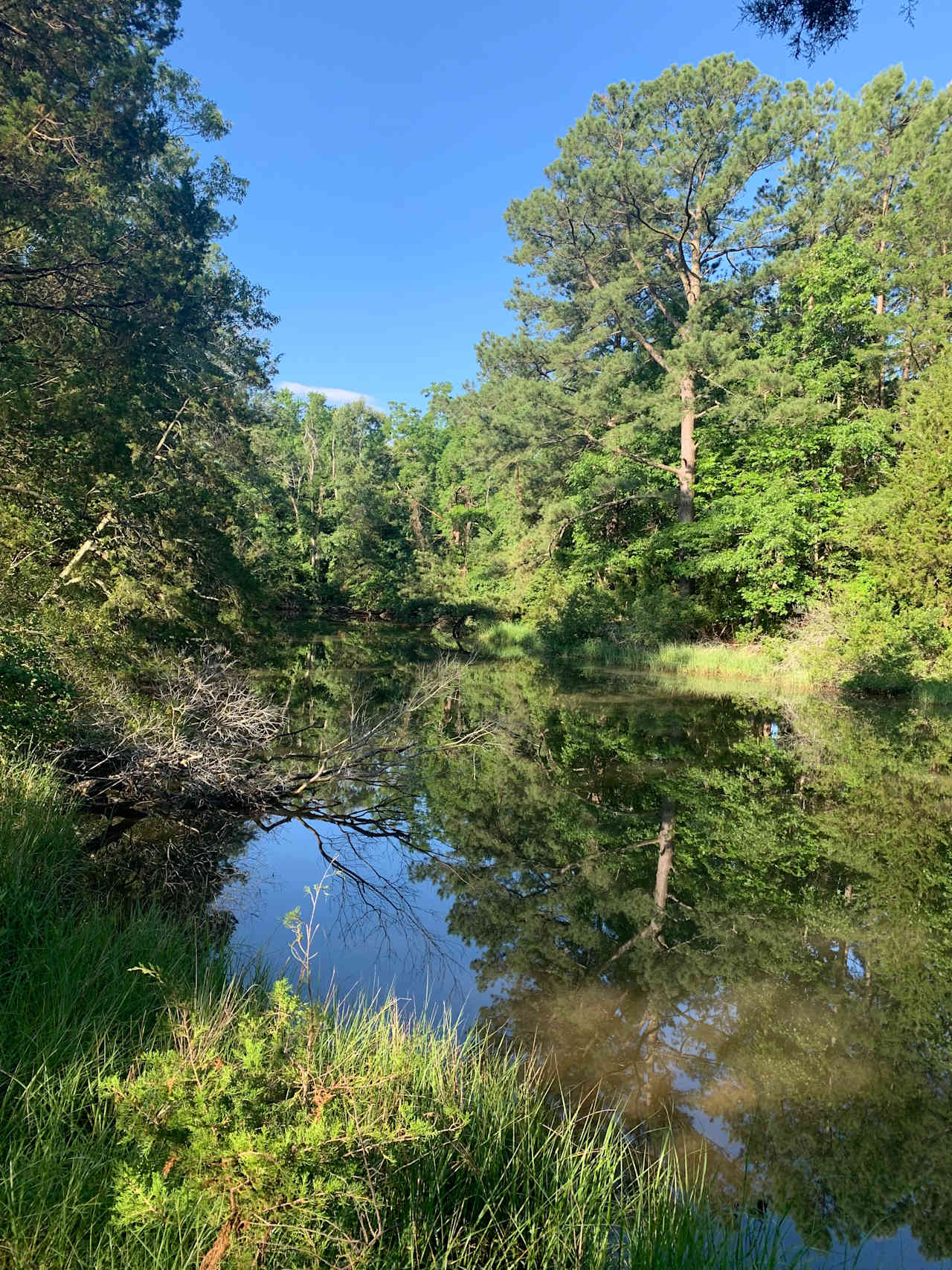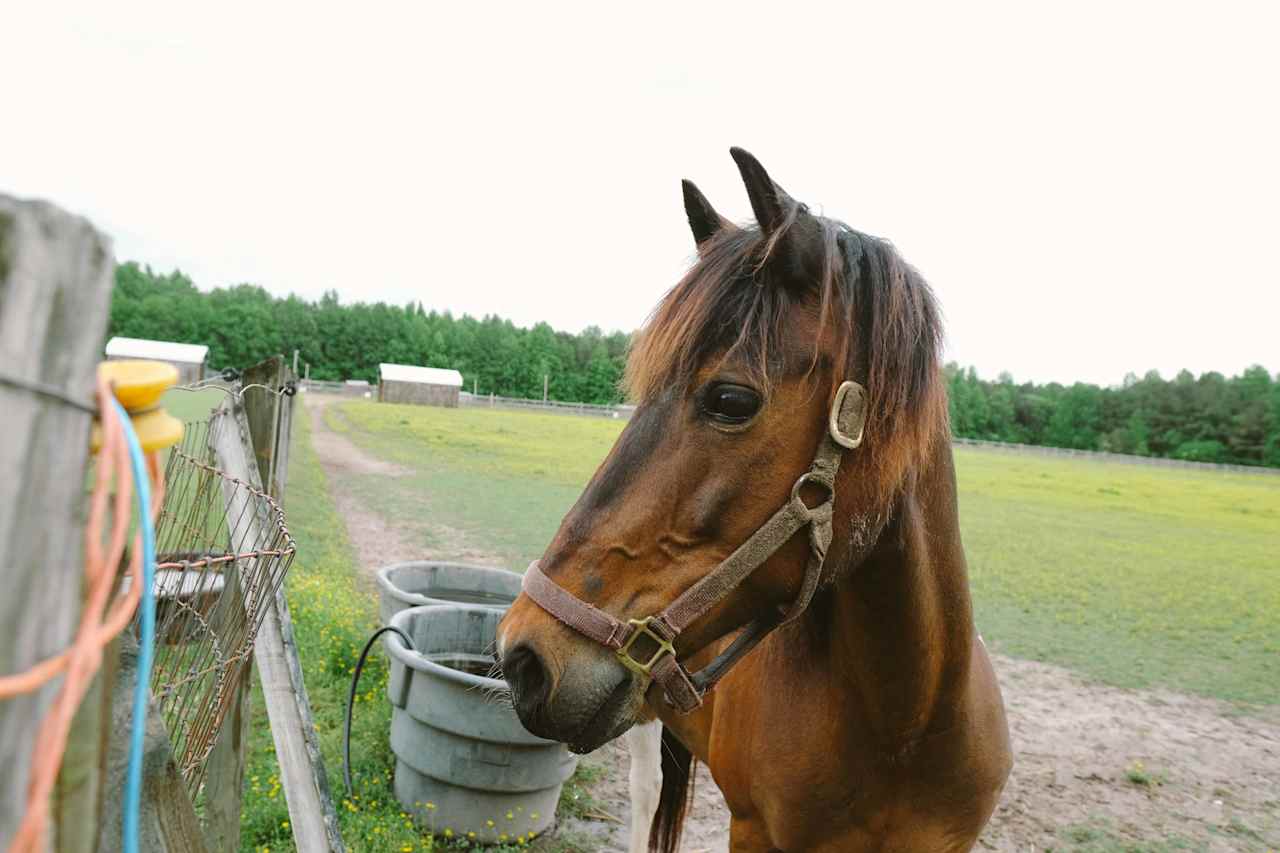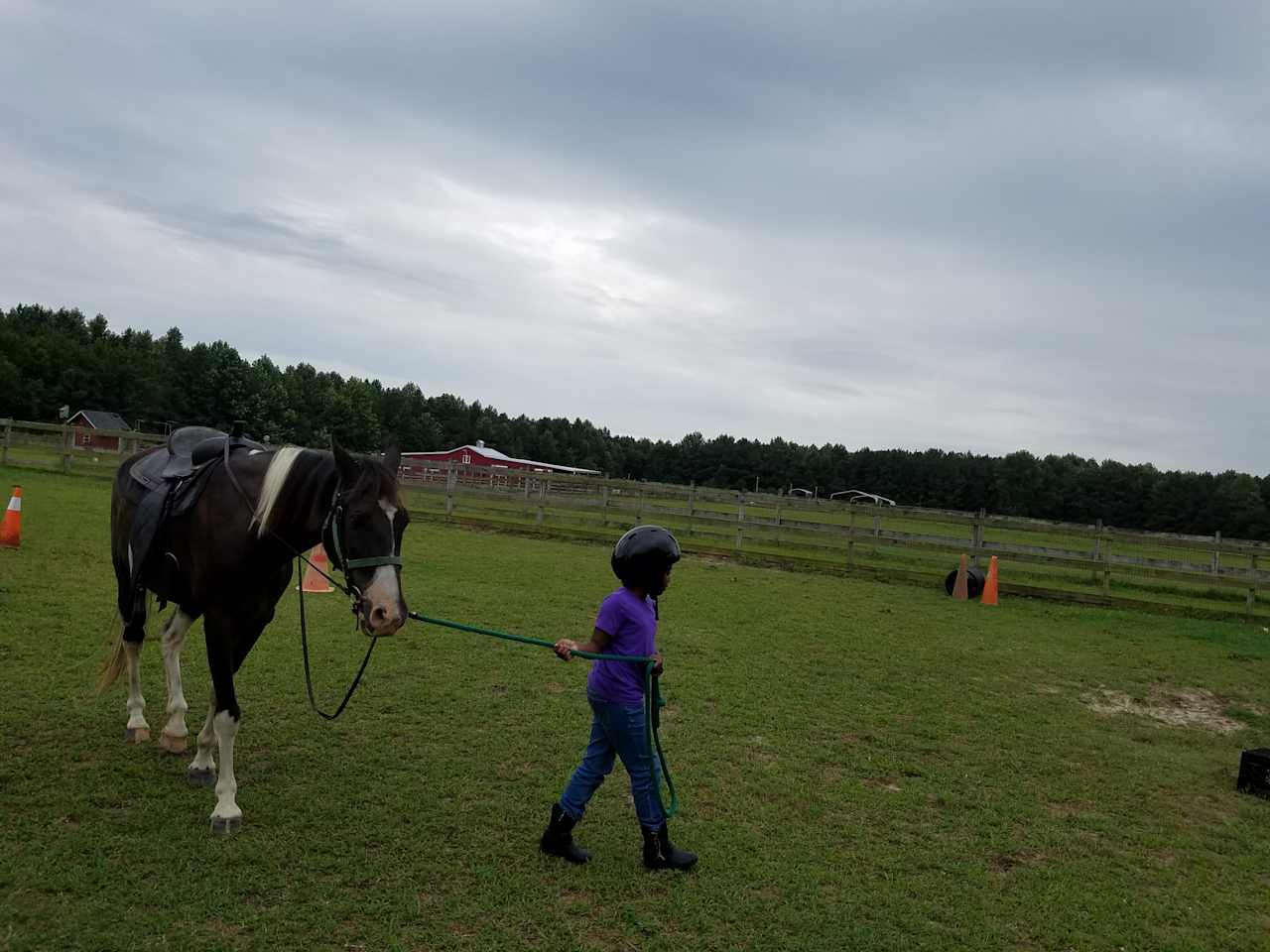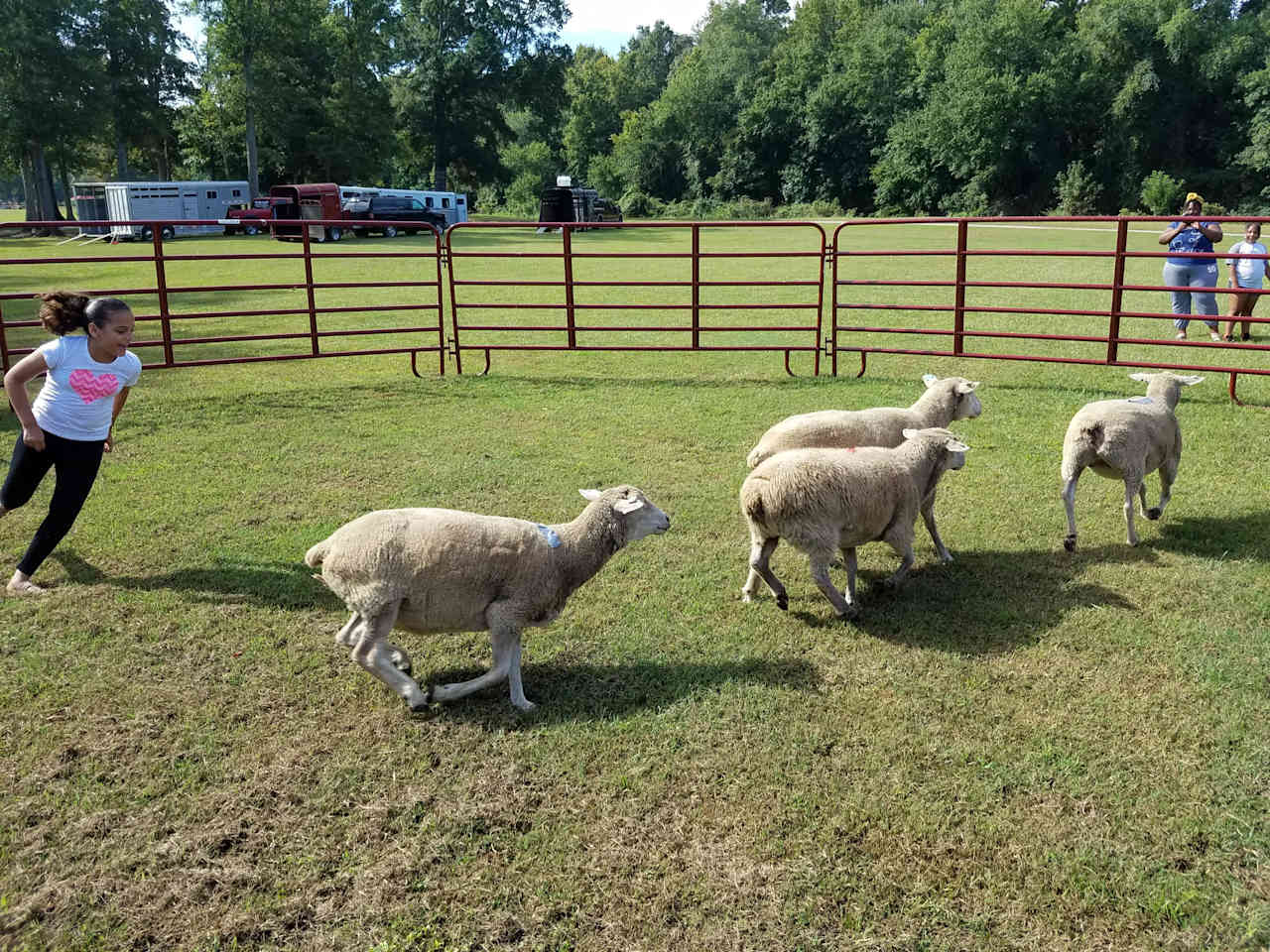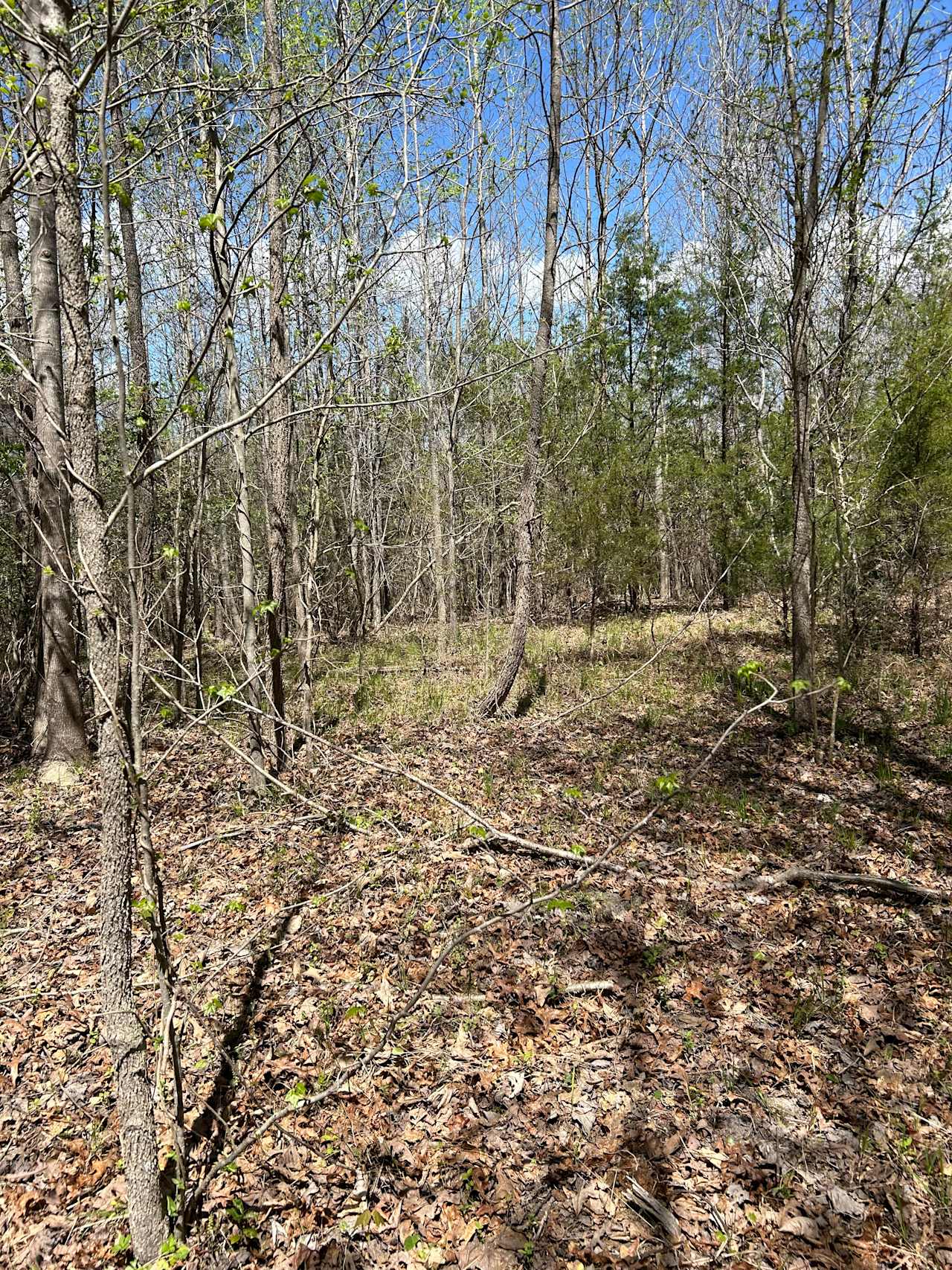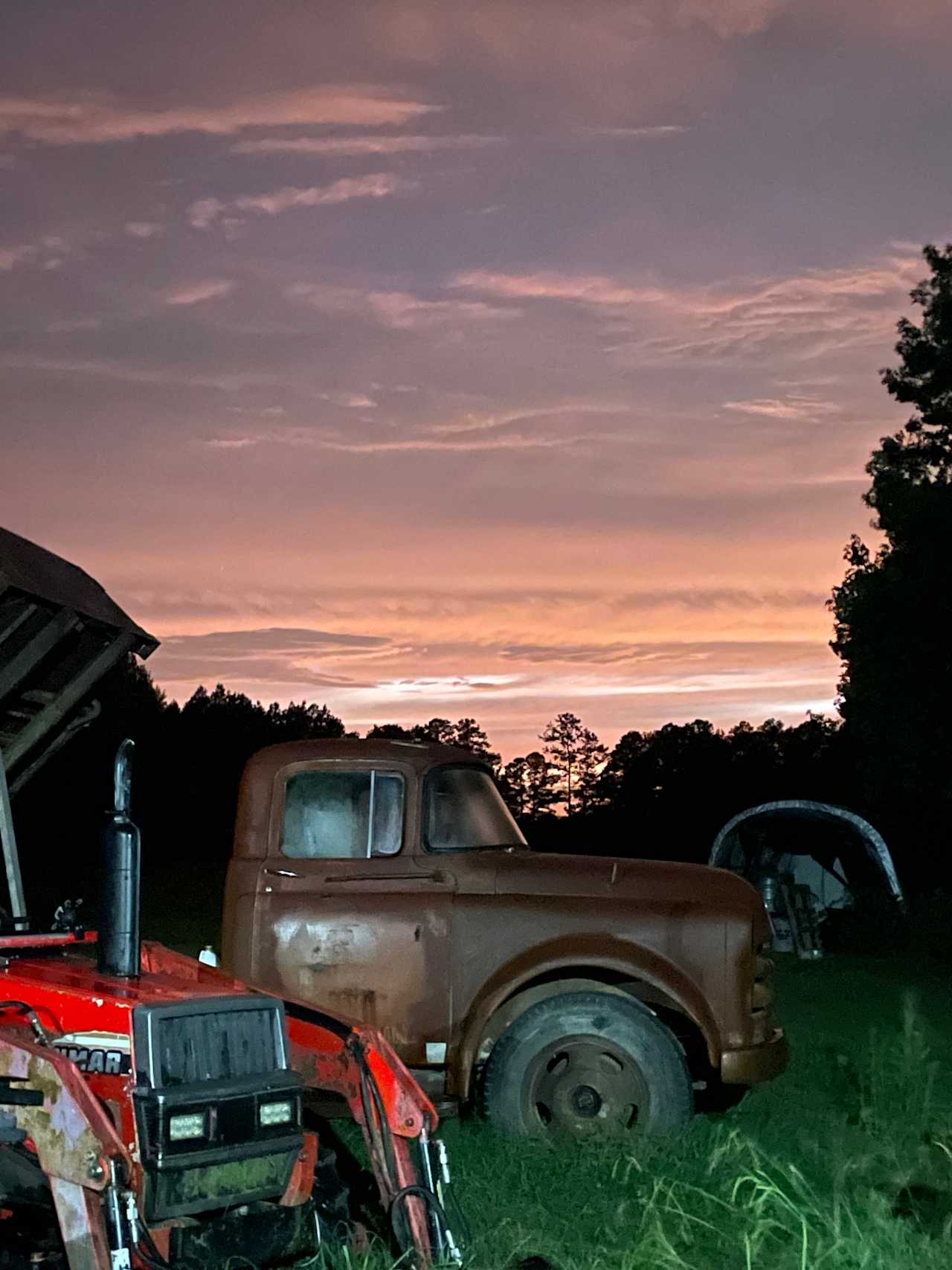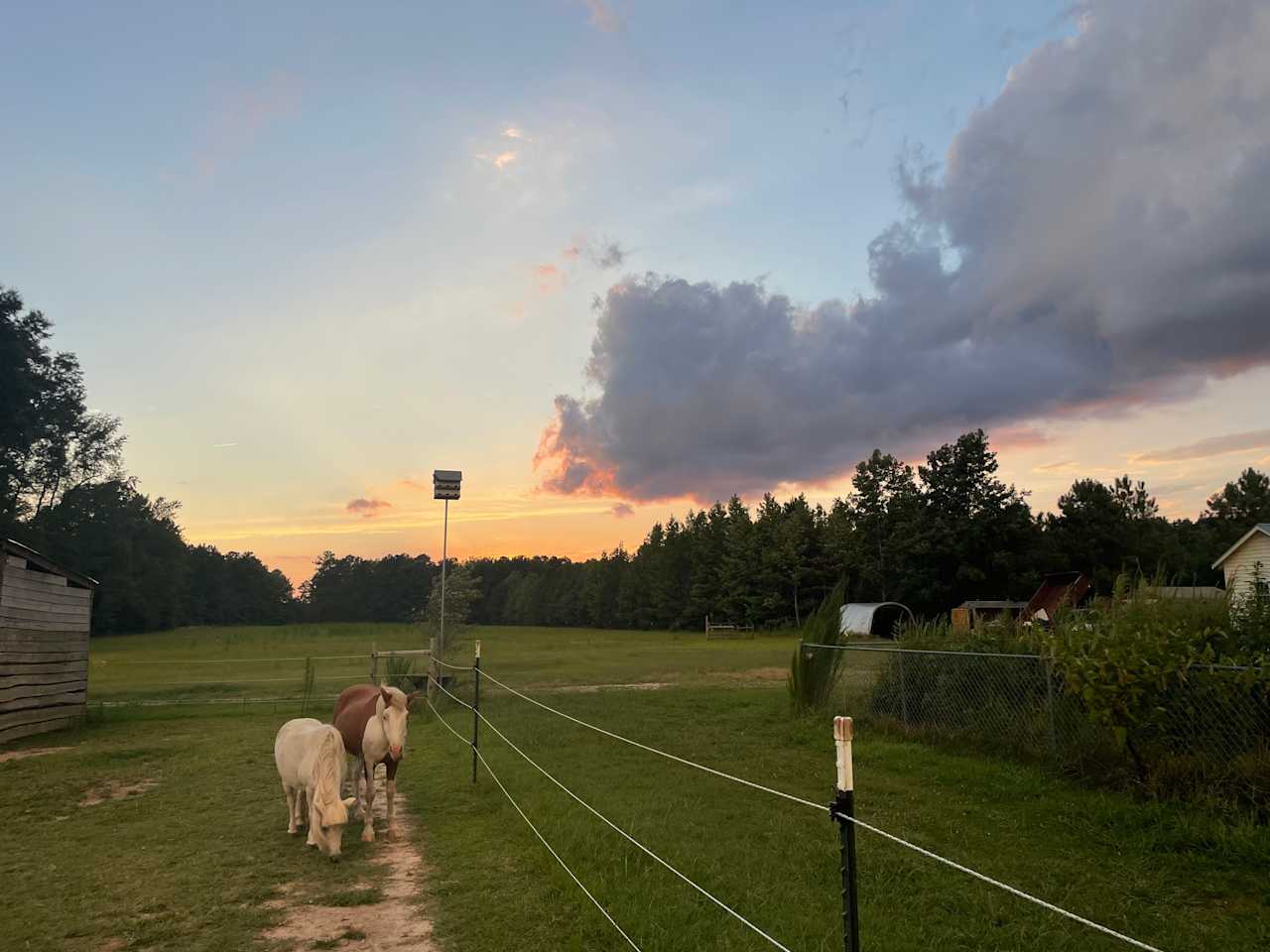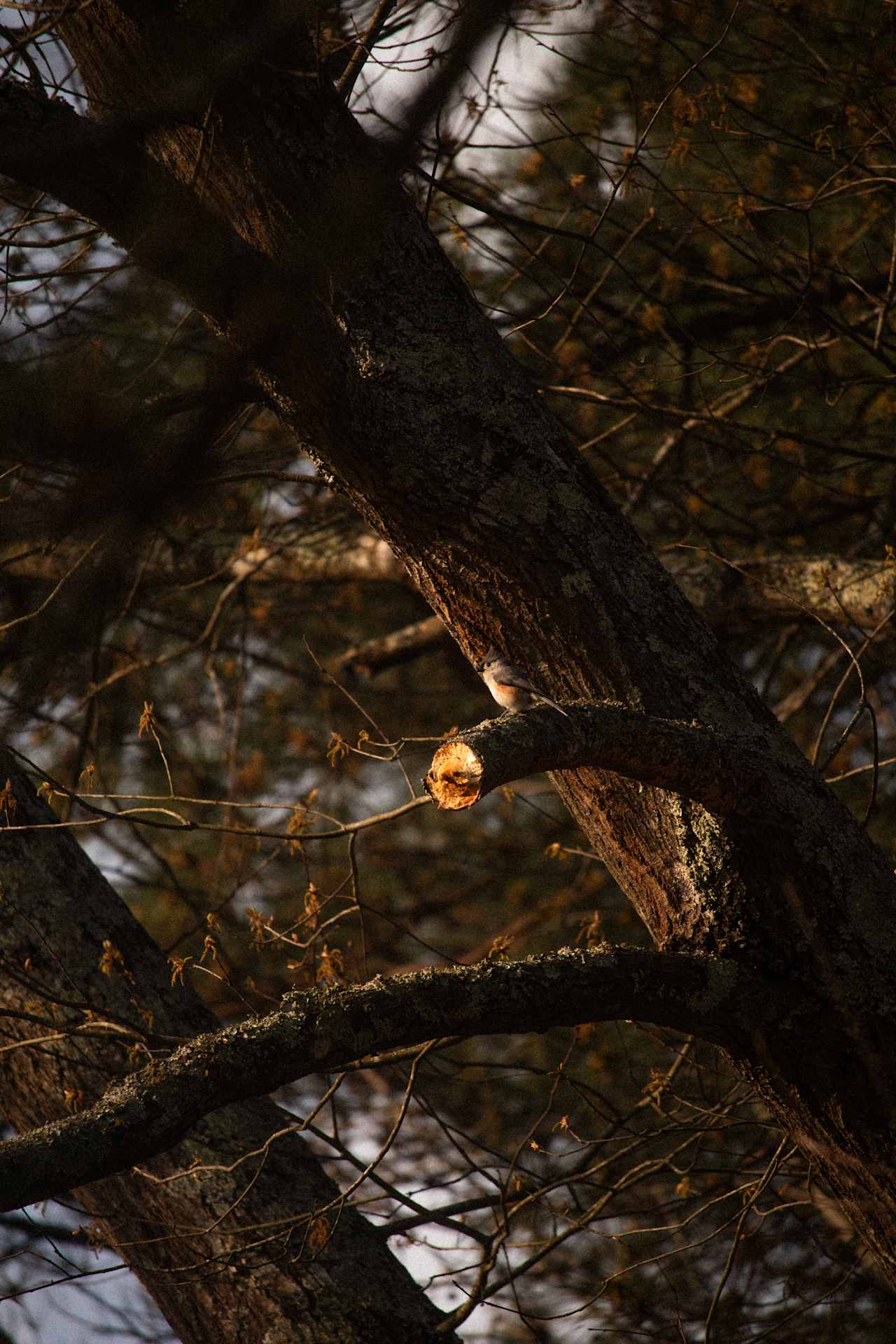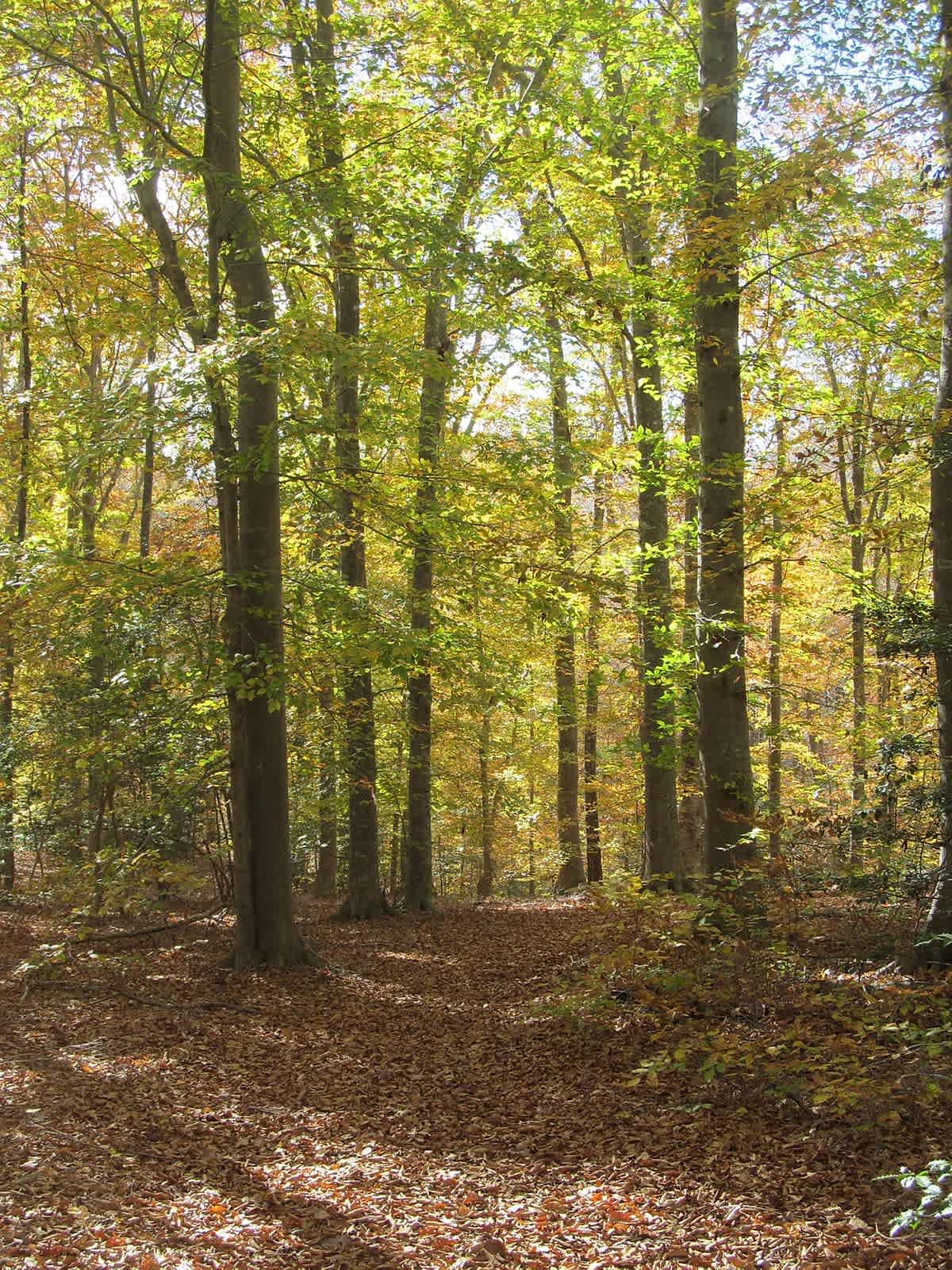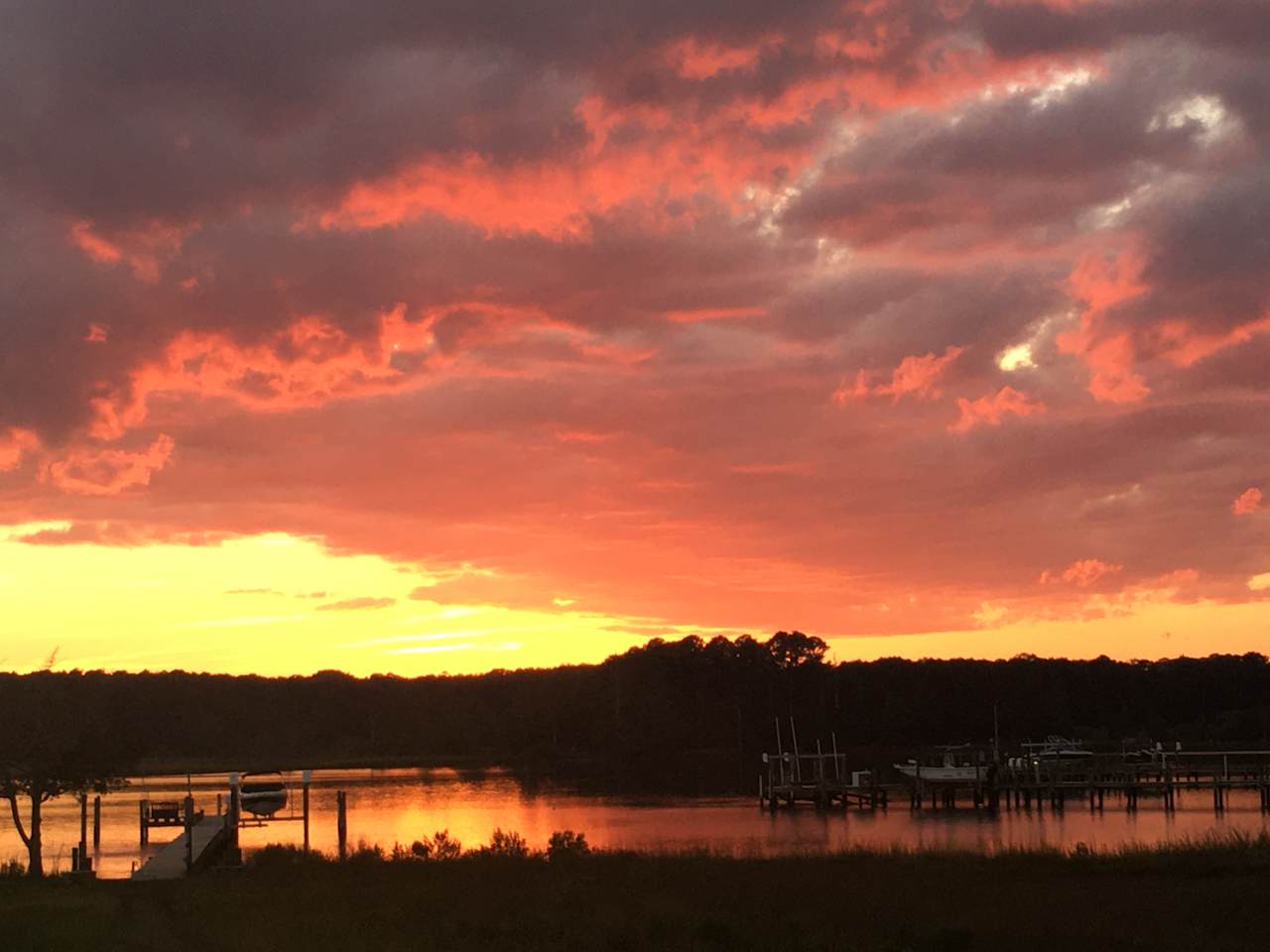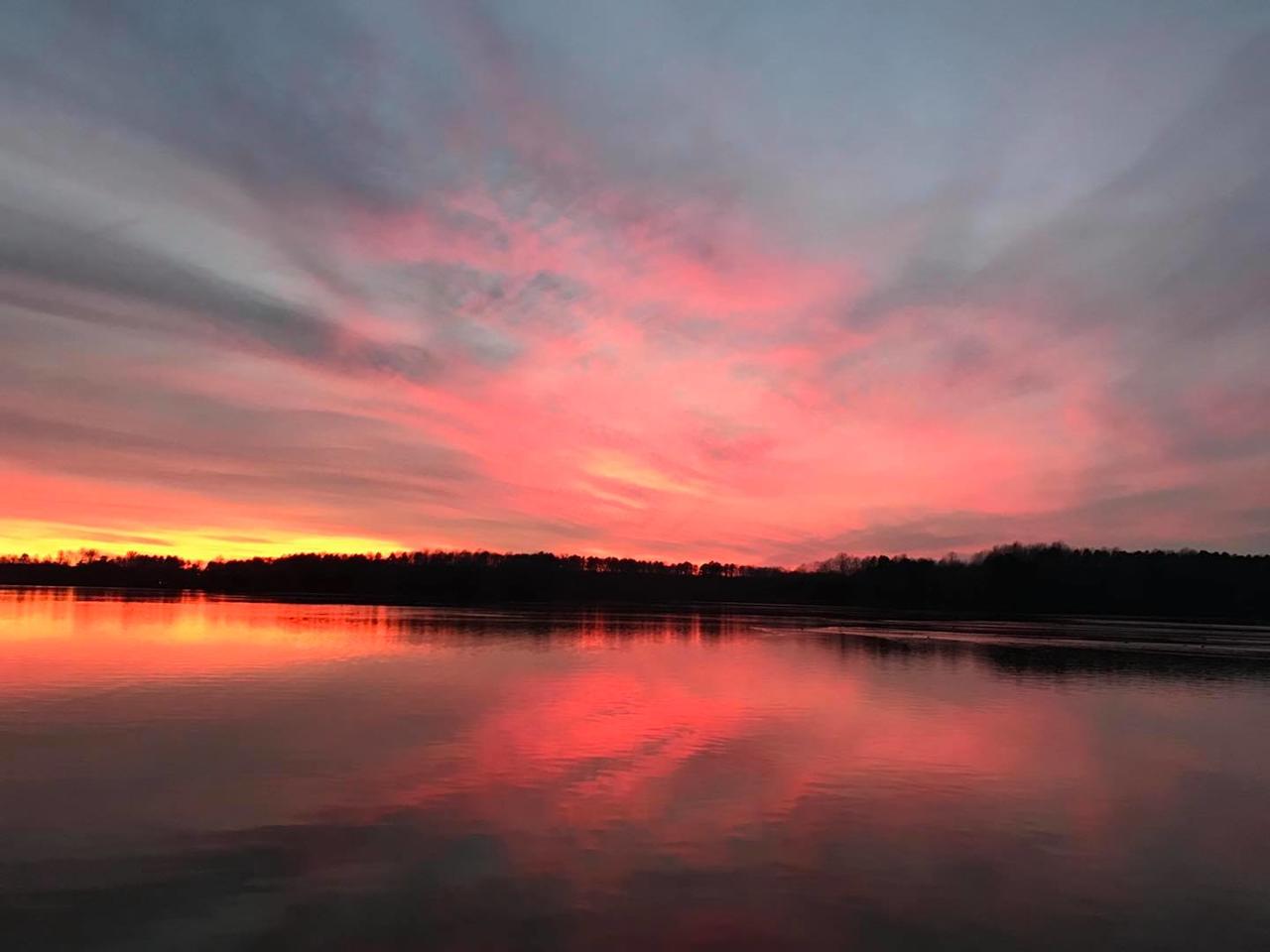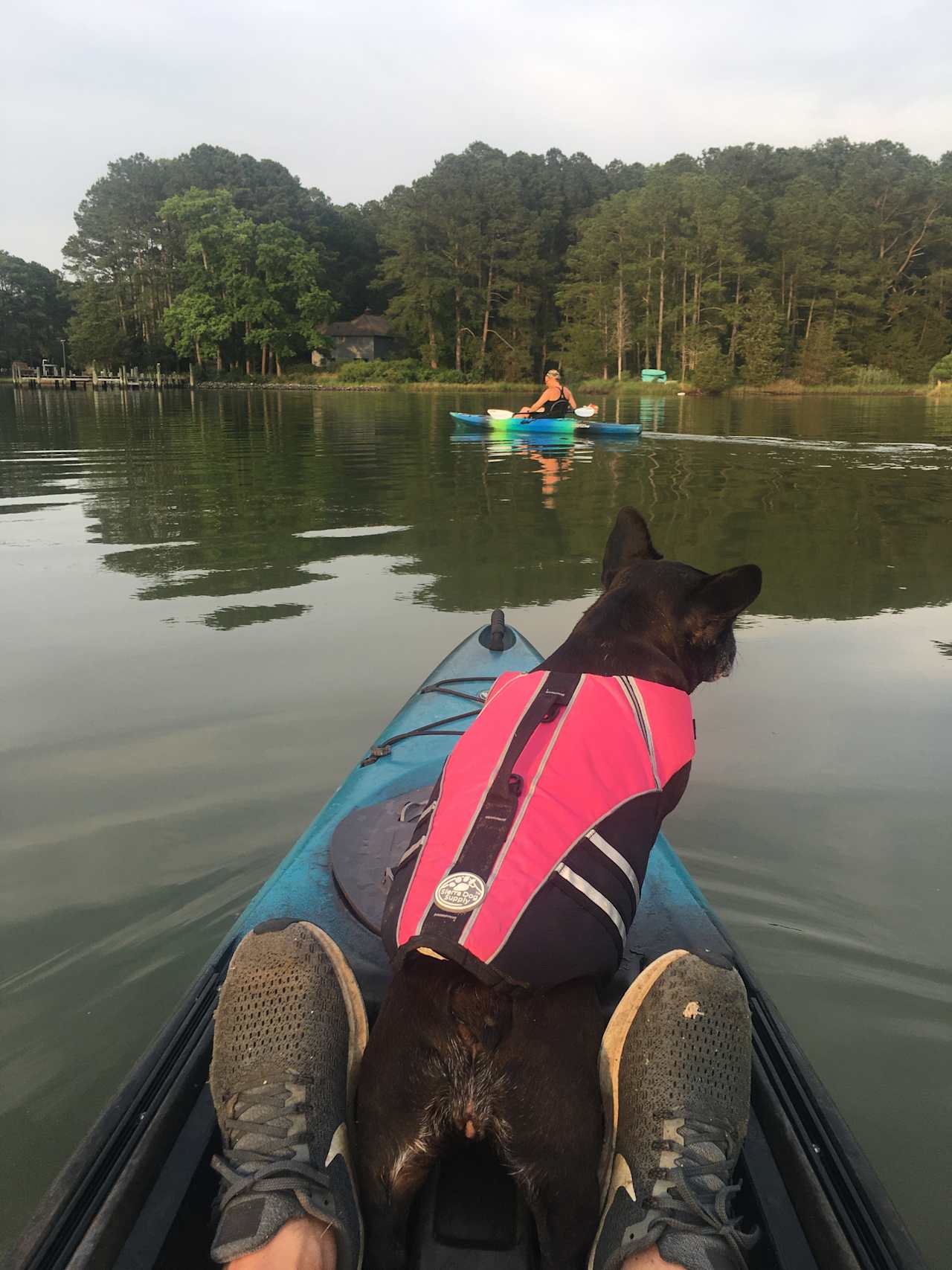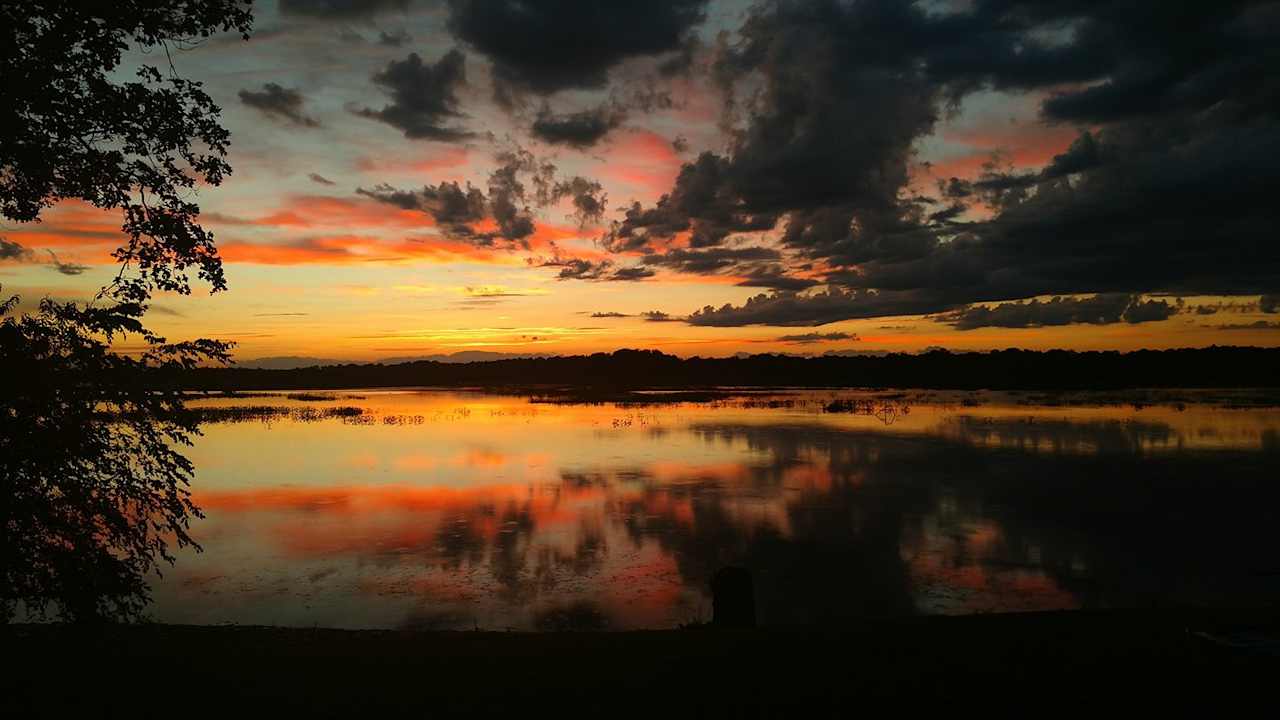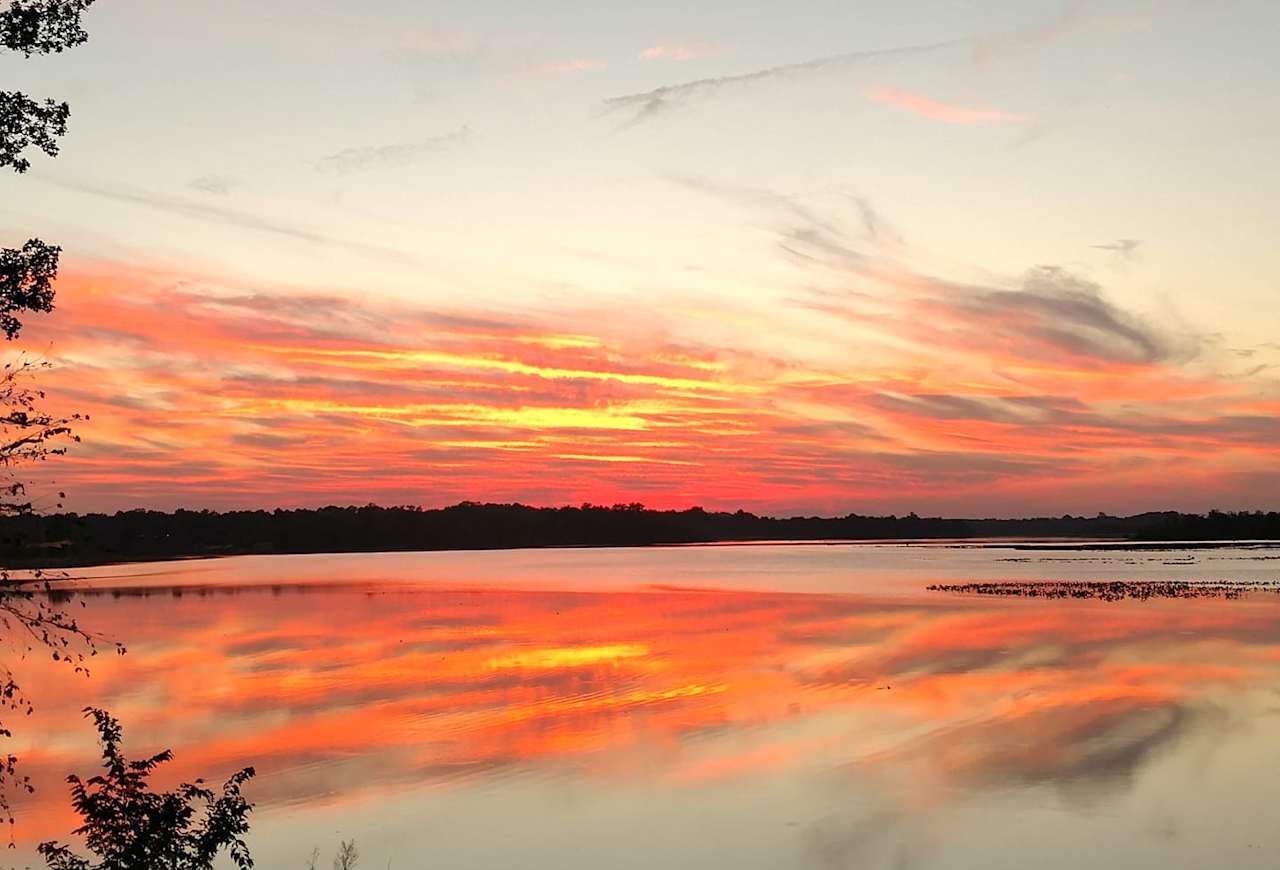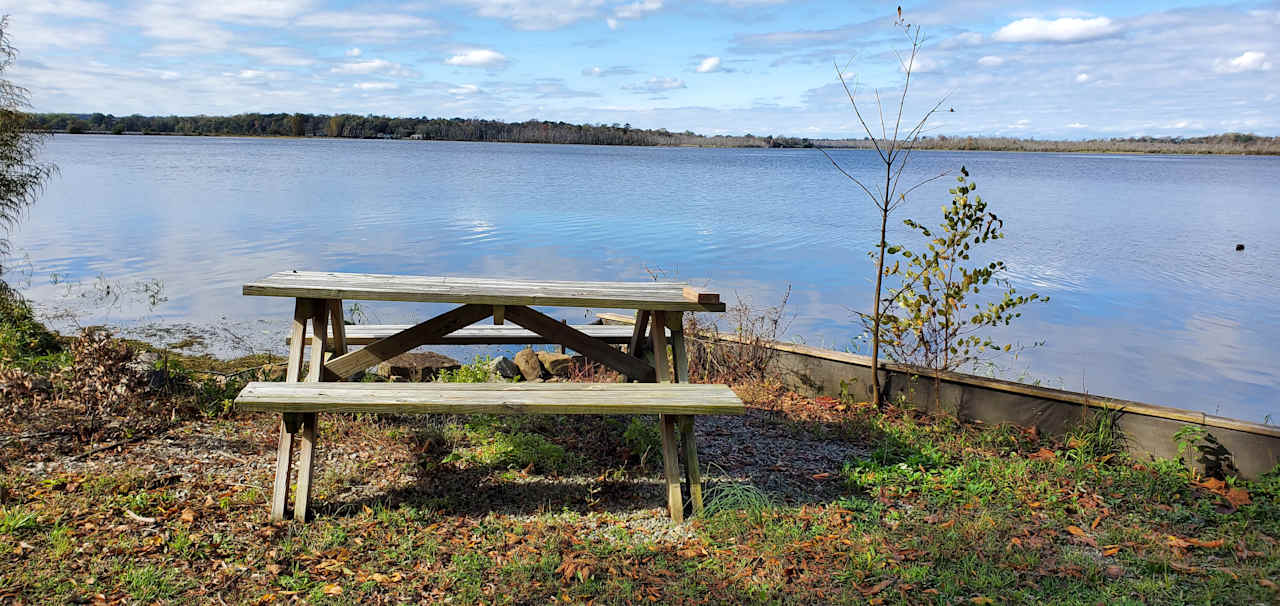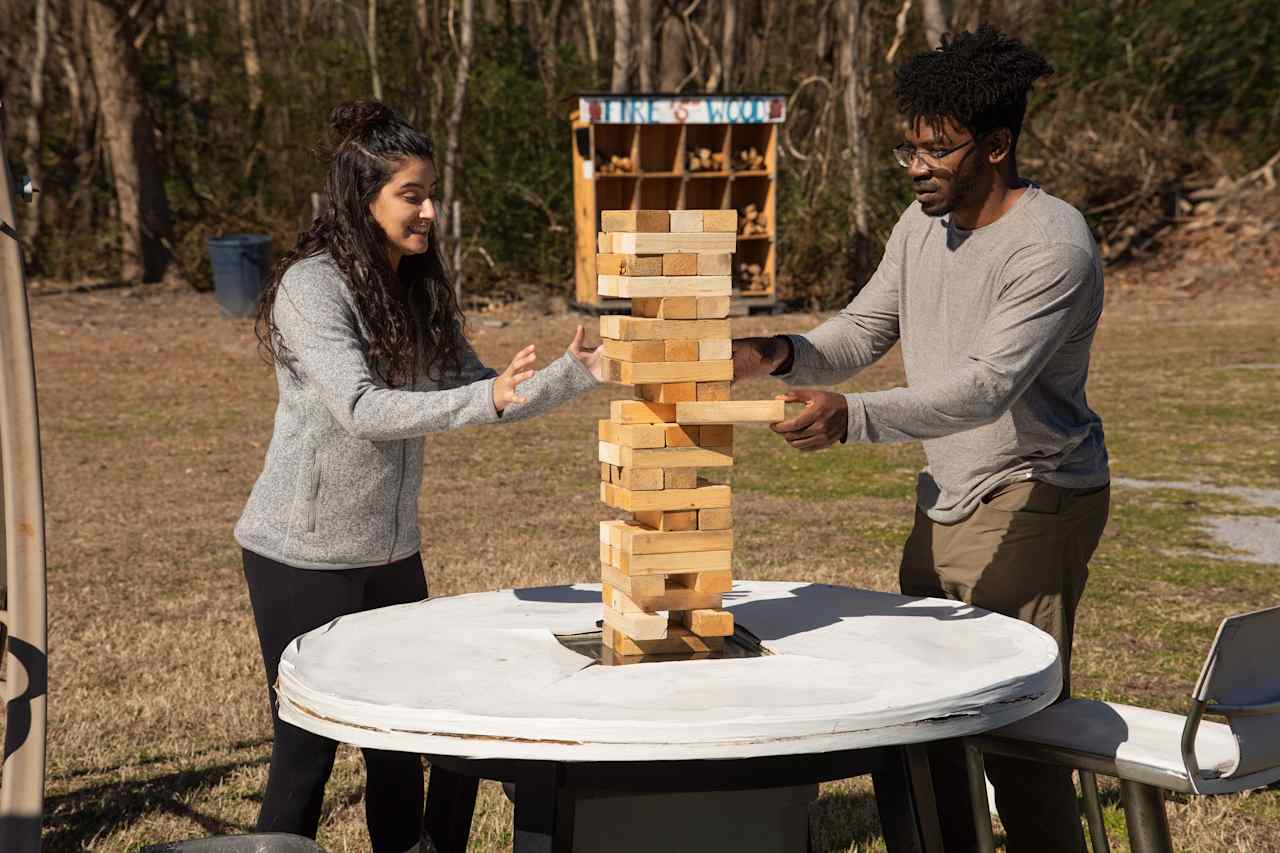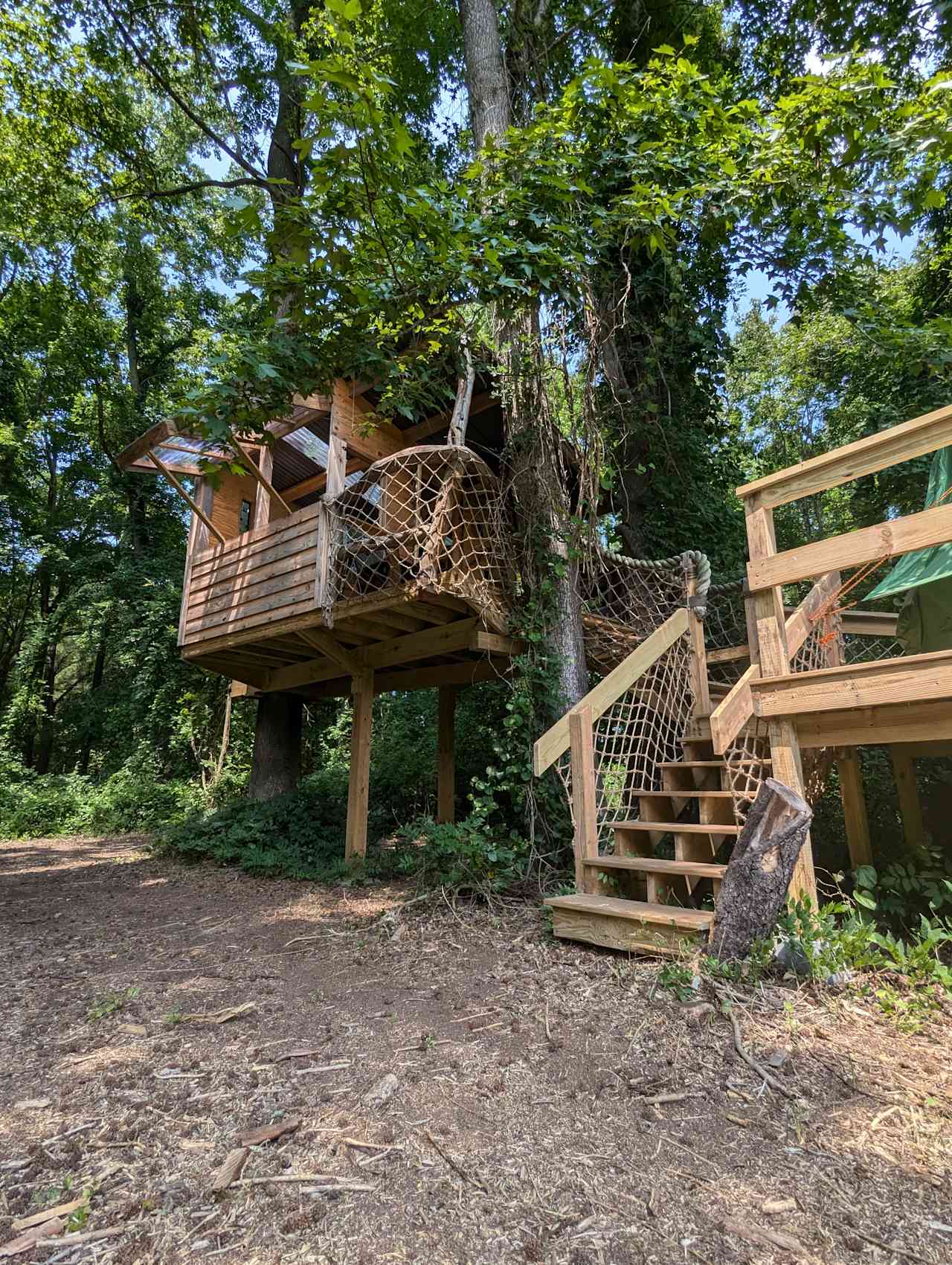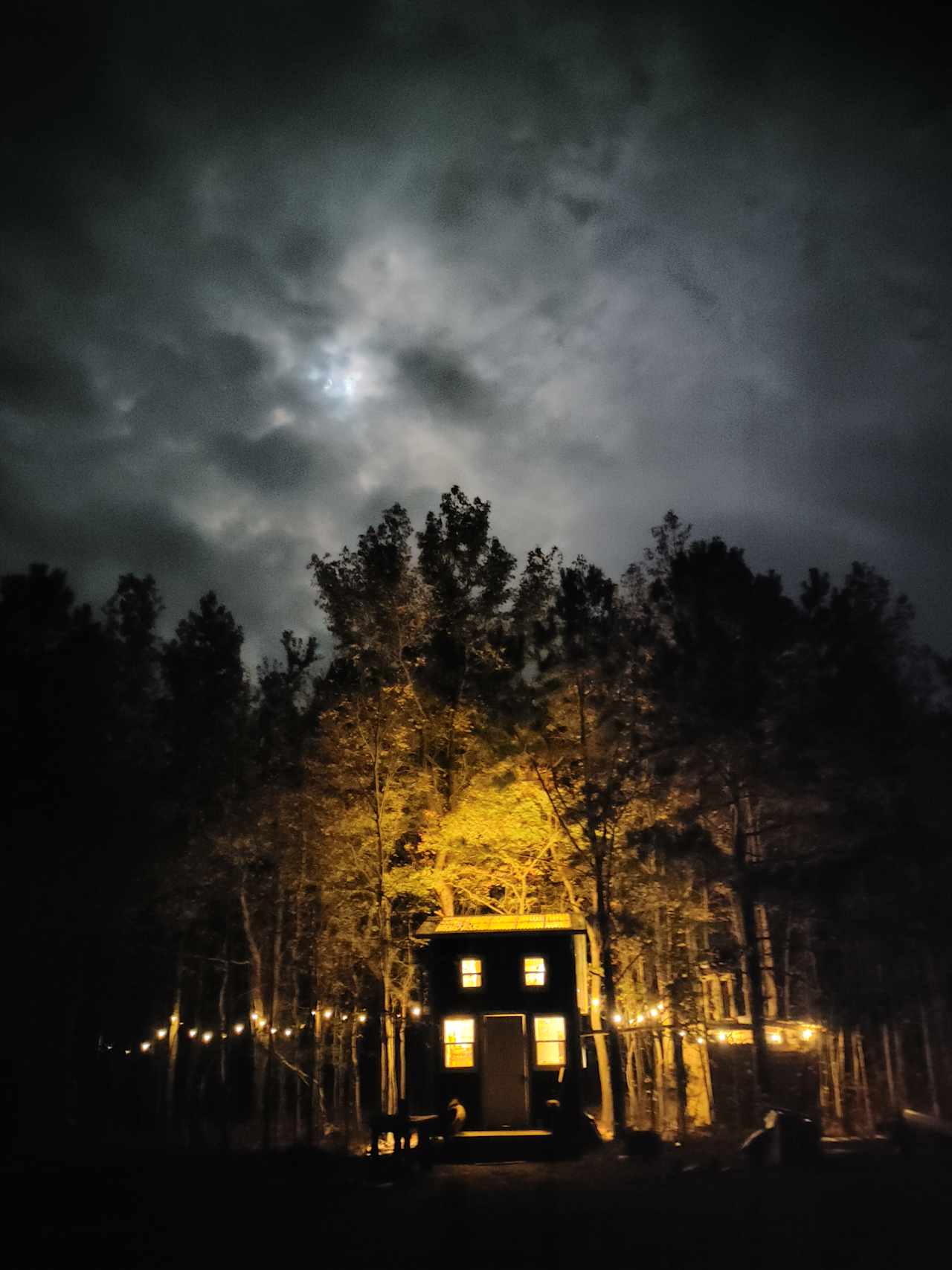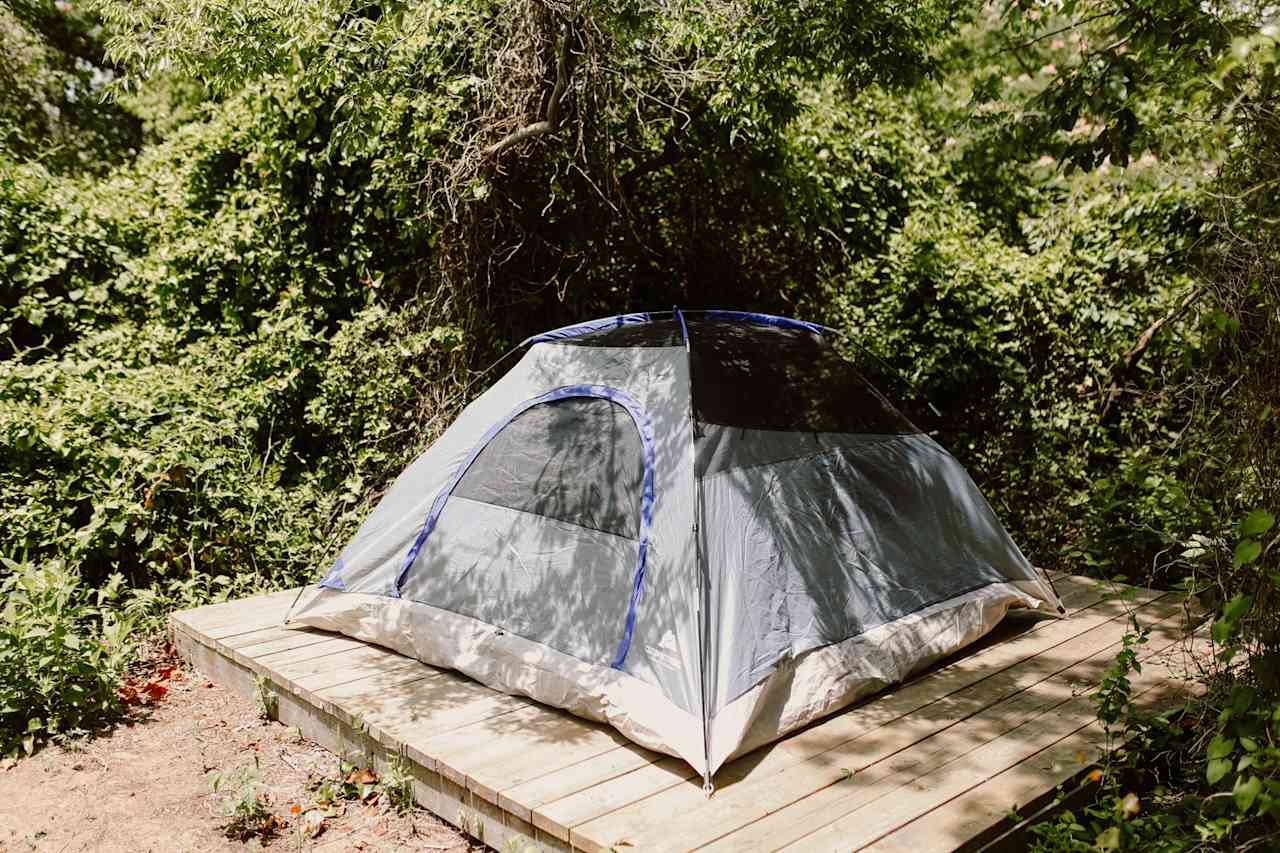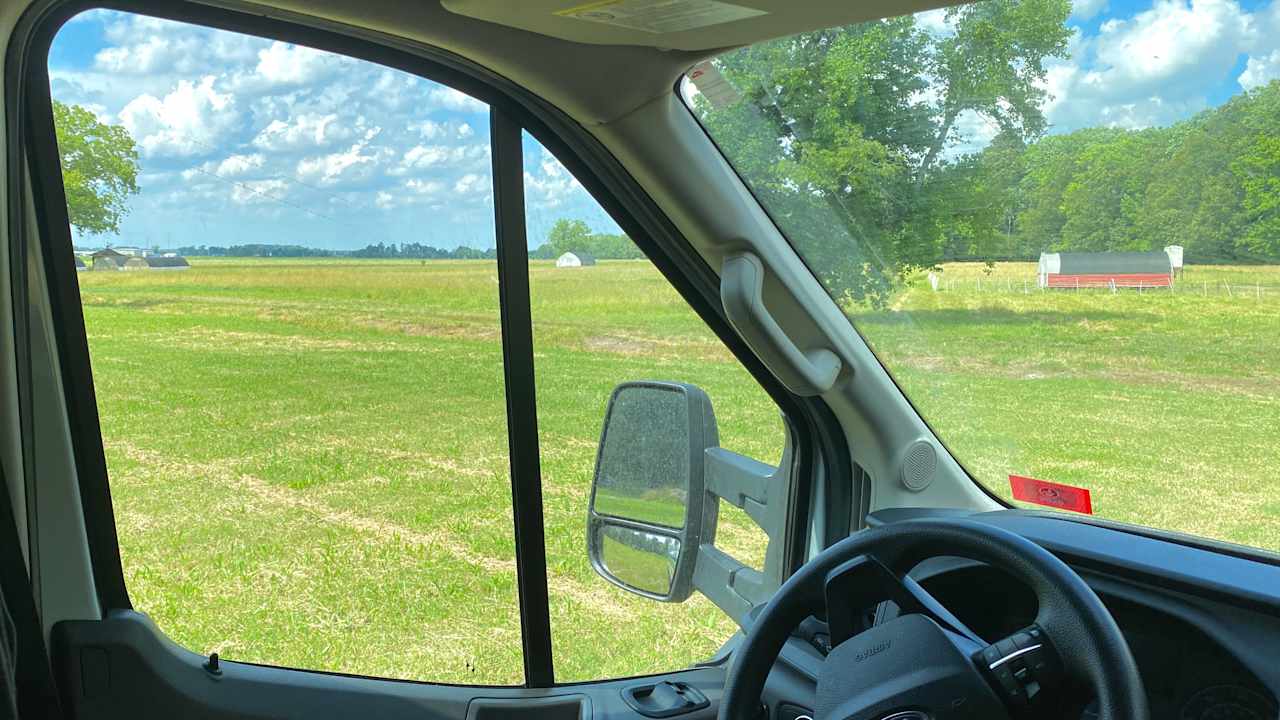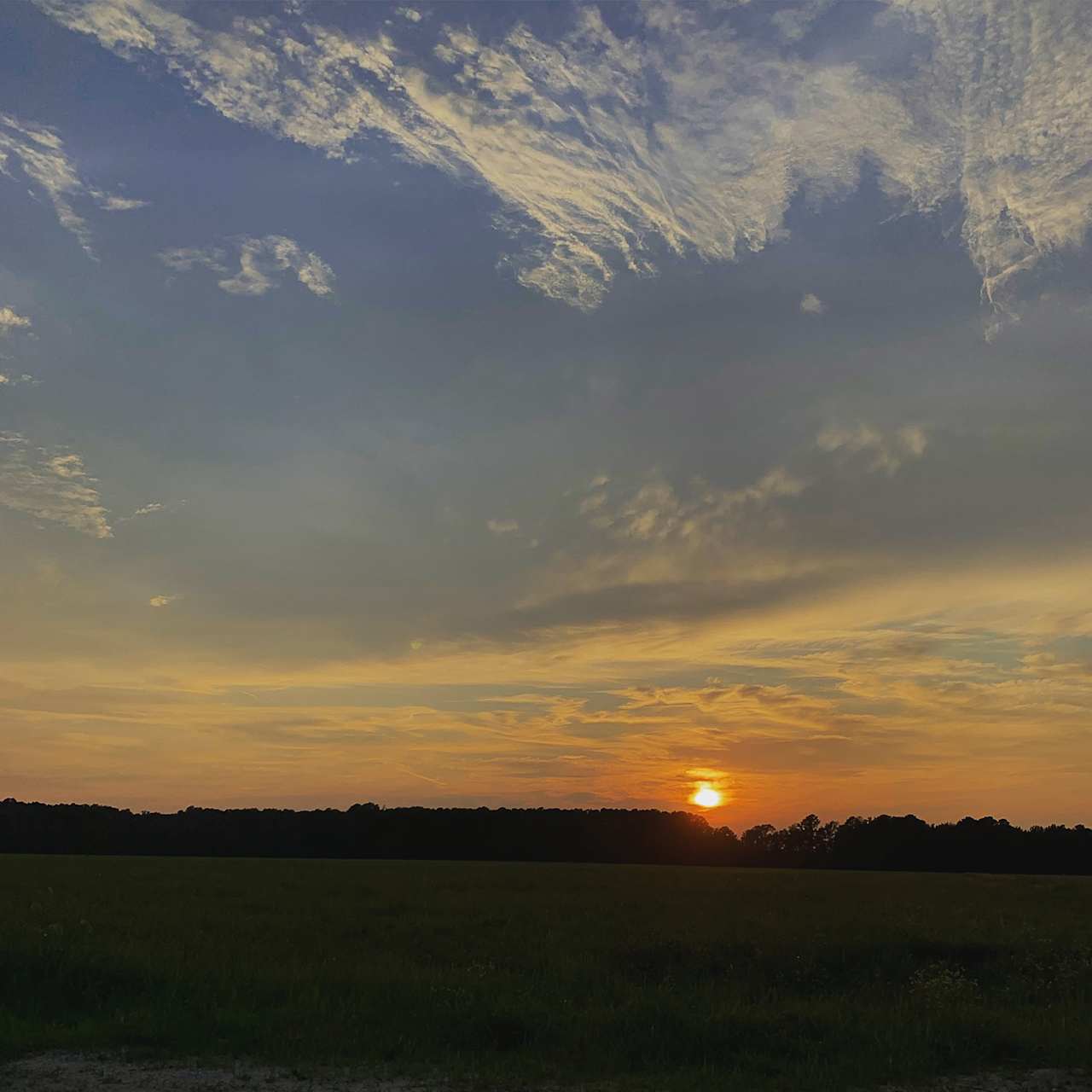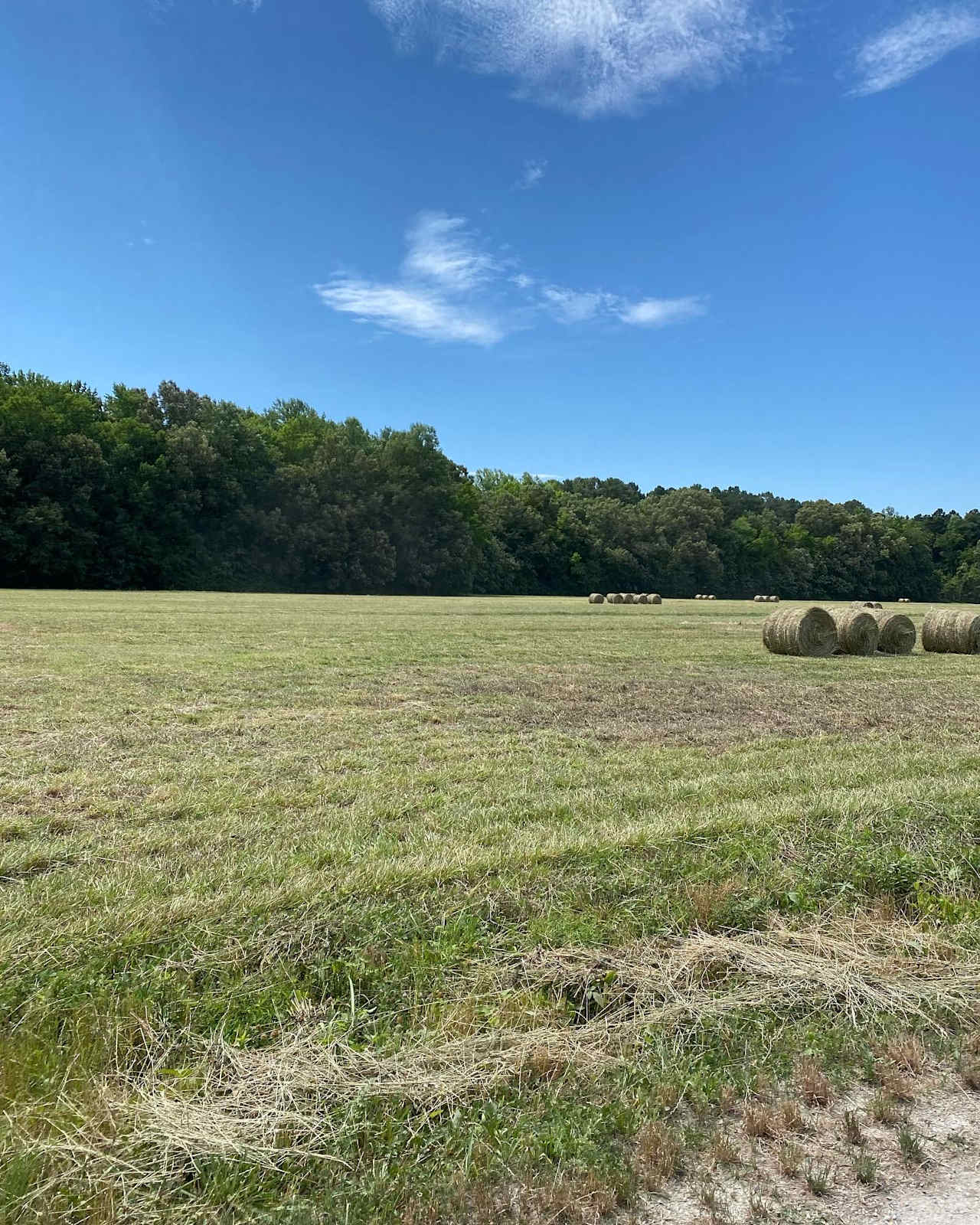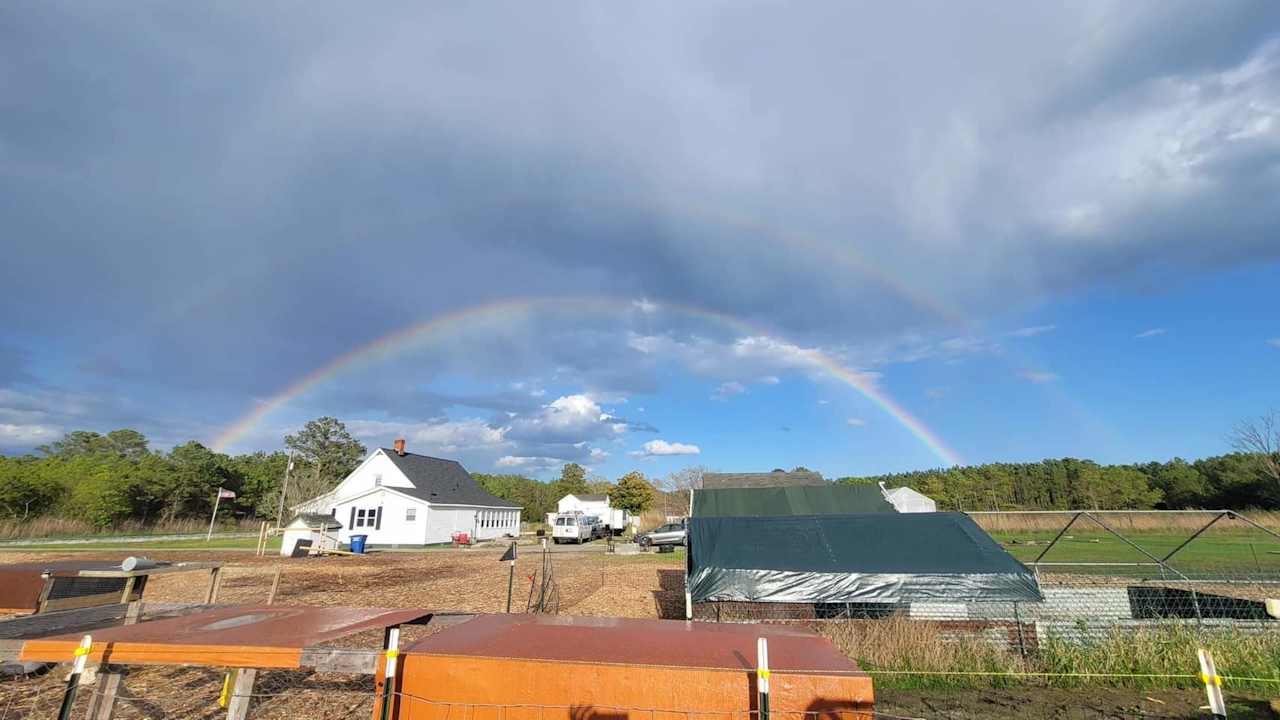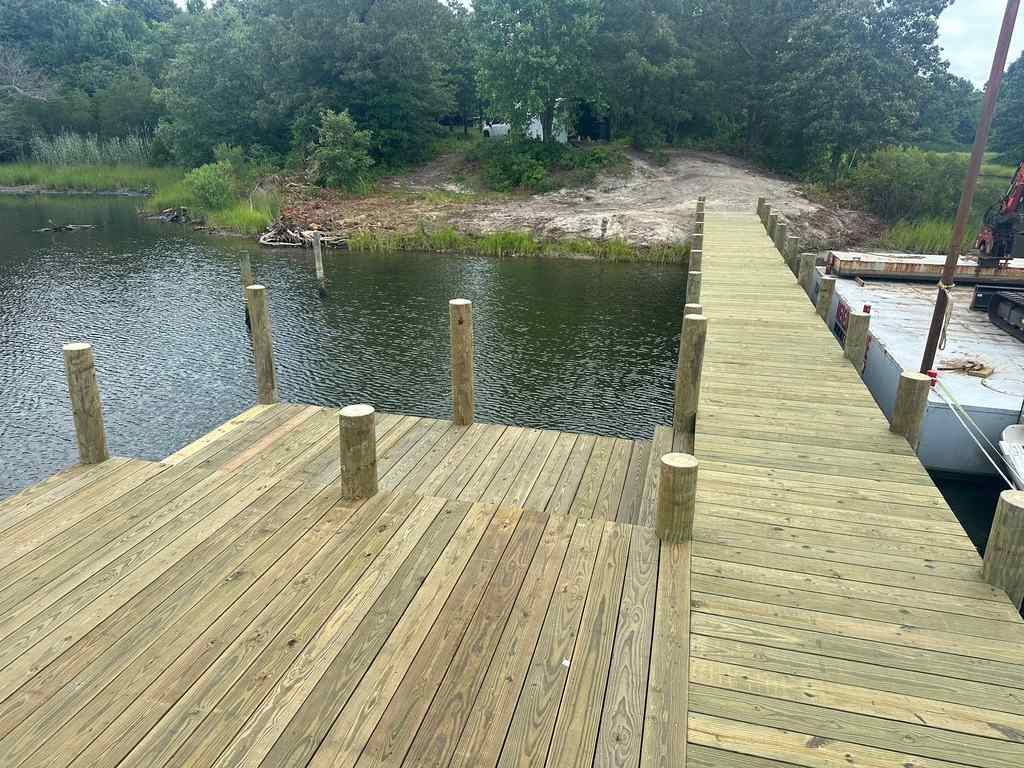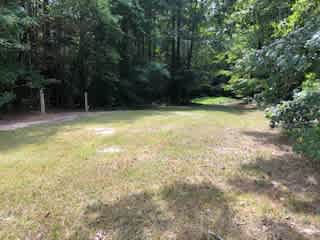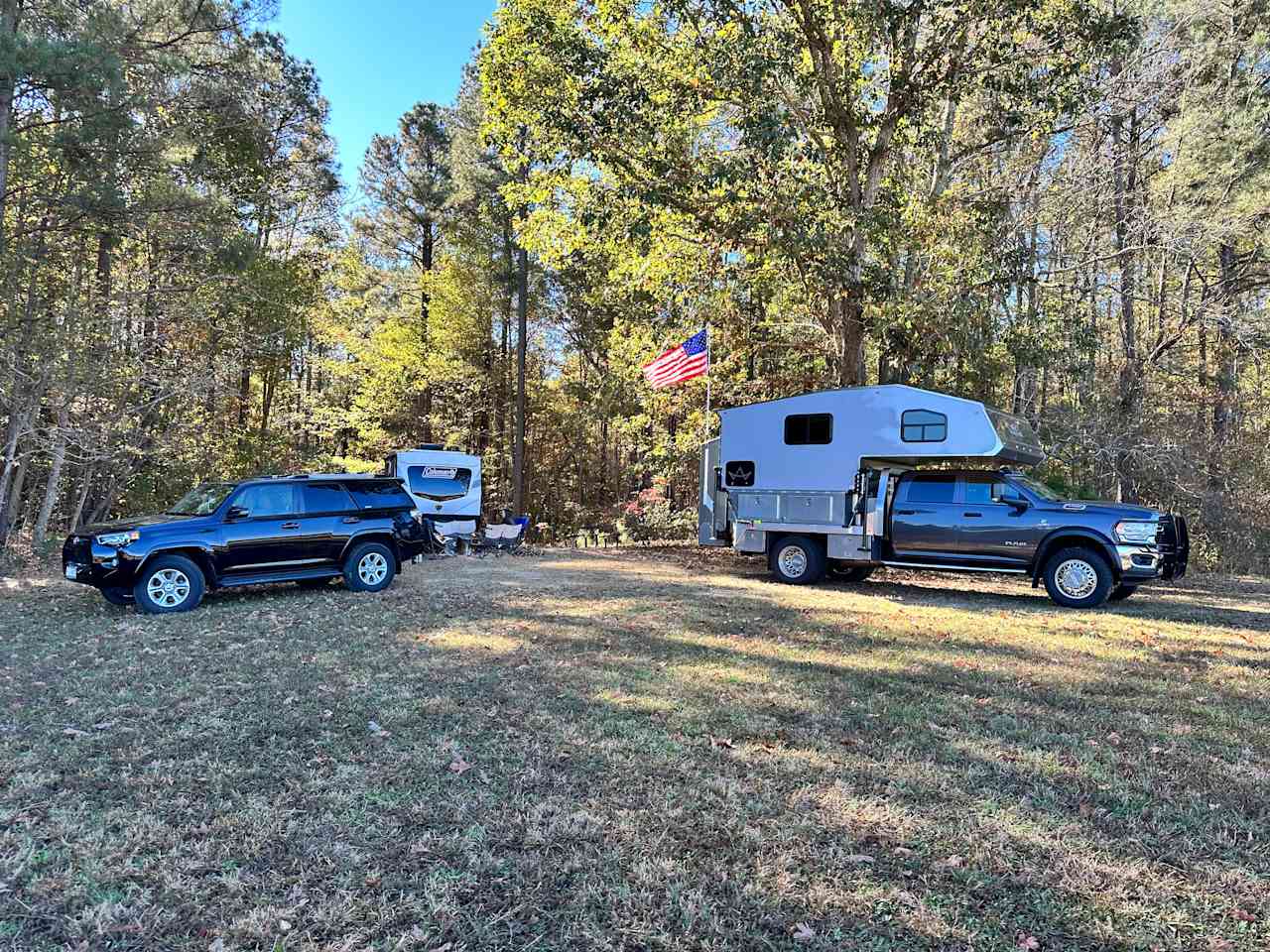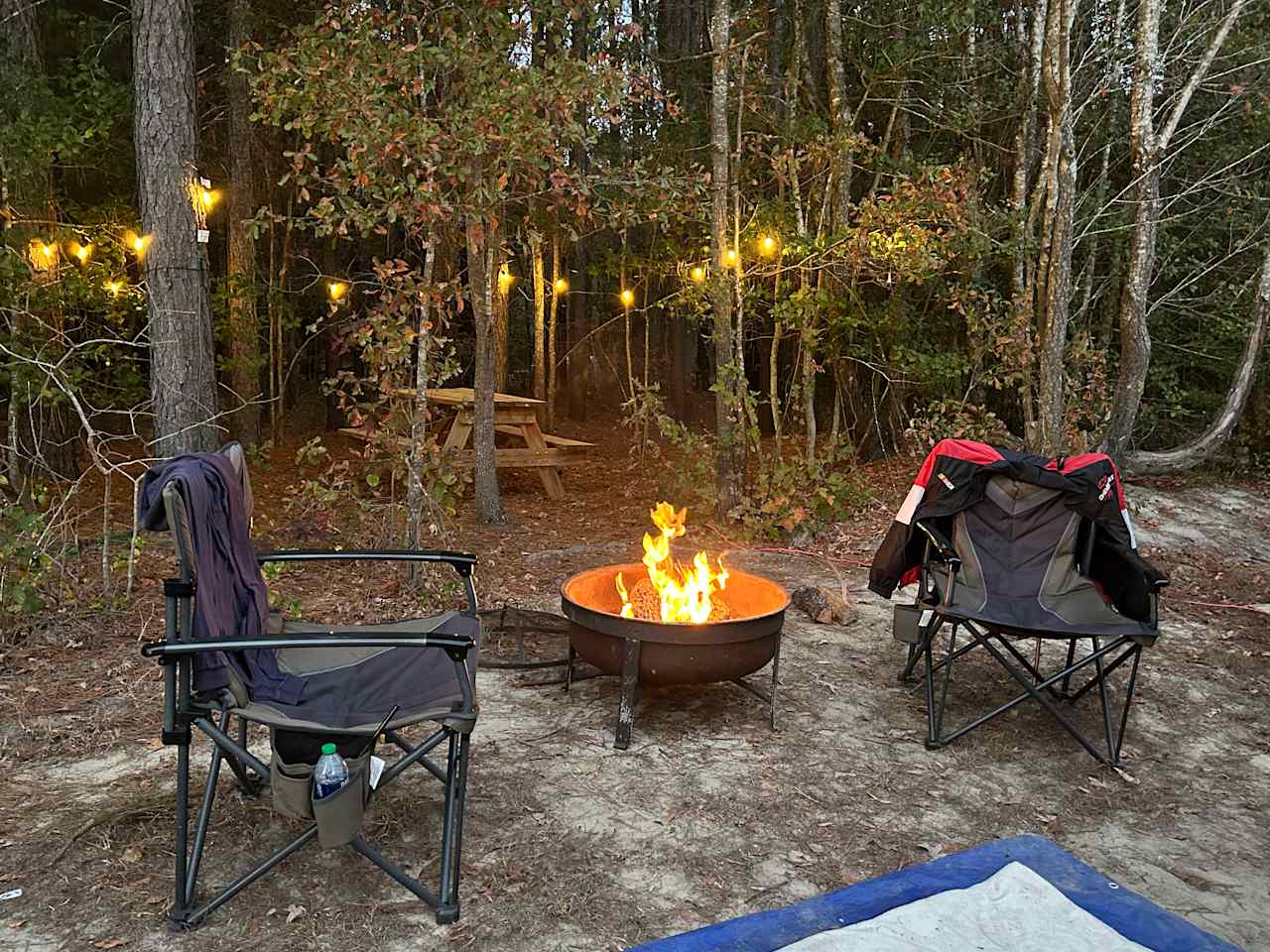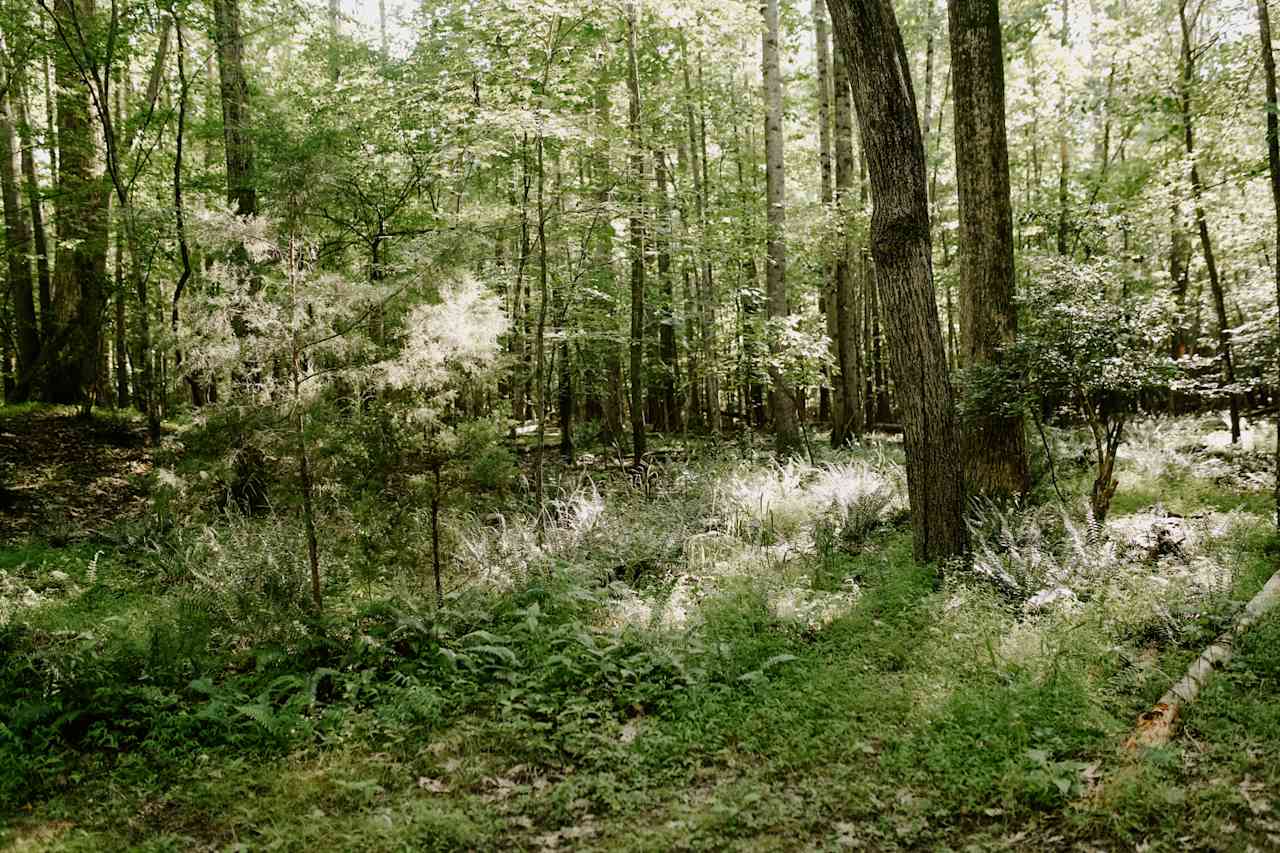The best camping near Colonial National Historical Park
Discover the most magical spots to pitch your tent or park your rig on your next Colonial National Historical Park adventure.
Popular ways to camp
Community favorites near Colonial National Historical Park
Top-rated campgrounds reviewed by the Hipcamp community.
Serenity cove
Country Living at Its Best!
Lonely Birch Farm
Watershed Woods
Cornerstone Farm
Lightwood Forest
Amazing Sunsets on Blackwater Creek
Reservation Camping on the Water!
Top-rated campgrounds near Colonial National Historical Park
The Oysterhouse Landing
Solitude at Thornton Farm
Peace Hill Farm
The Guinea Farm, Field, and Forest
Sharp's Island
Big House Farm
Blanchard Farm
Wren’s Nest on Jackson Creek
Drewry Blueberry Farm
Carolzy’s Secret Gardens
Gee Haven
Meet at the Creek
The best camping near Colonial National Historical Park guide
Overview
About
This park on the coast of Virginia operates as a historical bookend to the Colonial period. On one side you have Jamestown. It was the first permanent English settlement in the New World. On the other side, there's Yorktown. That's where the British surrendered and gave up their 13 colonies to a scrappy Continental Army. It was led by a guy named George Washington.
At Jamestown, see reconstructions of the three ships that brought Capt. John Smith and 103 other men to the New World. (Cue Disney music.) There's also a museum that houses more than 2 million artifacts found on the site. People in period costume bring this landmark to life. Luckily, the swamp and mosquitoes left centuries ago.
A restored red brick church at the Jamestown site is the most prominent original building there. The church is a testament to the lasting power the colony that started in April of 1607.
Yorktown sits 20 miles to the east on the same peninsula. On this plain, Gen. Washington accepted the surrender of British Lt. Gen. Charles Cornwallis. That happened on Oct. 19, 1781. The French helped Washington's Continental Army by blockading the harbor to prevent the British from escaping. Cornwallis had no choice but to surrender. Cannons, memorials and wooden fences mark important places on the battlefield.
Six years after Yorktown, the U.S. Constitution ushered in a new era for America. This historic park covers two major events set 174 years and just 20 miles apart. It's as if Fate smiled on Virginia twice.
In between both sites, there's a place called Colonial Williamsburg. It's a fantastic living history museum, only Williamsburg is an entire village. Pick a great campsite, because you might need to stay a while amid all of this history.
Top parks near Colonial National Historical Park
Top cities near Colonial National Historical Park
- Colonial National Historical Park

